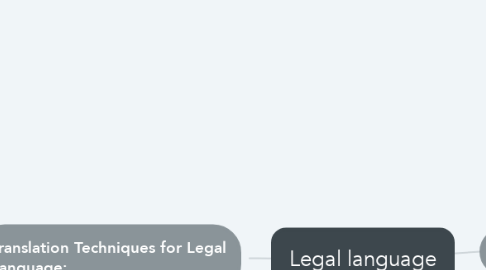Legal language
저자: Stefania Borja

1. Features of Legal Writing:
1.1. Legal writing requires precision, formality, clarity, structure, citations, objectivity, accuracy, persuasiveness, formal citations, and the use of legal terms.
1.2. It is necessary to use archaic language and technical terms to convey legal concepts.
1.3. Legal writing should be easy to understand, even for non-experts, and follow a strict structure with clear headings, subheadings, and paragraph breaks.
1.4. Writers must avoid personal opinions and emotions and rely on citations to support arguments and establish legal precedent.
1.5. Legal writing is often persuasive, and writers argue in favor of a particular legal position or interpretation.
2. Translation Techniques for Legal Language:
2.1. Legal translators should have a thorough understanding of legal concepts in both the source and target languages, and be familiar with the legal system and culture of the target country.
2.2. They must manage terminology consistently, use an appropriate legal register in the target language, and ensure that the translation is clear and easy to understand.
2.3. Legal translators must follow the formatting conventions of the target language, localize the translation, conduct thorough research, and proofread the translation for accuracy and consistency.
2.4. Legal translations may need to be validated by a legal expert to ensure accuracy and compliance with the relevant legal system.


